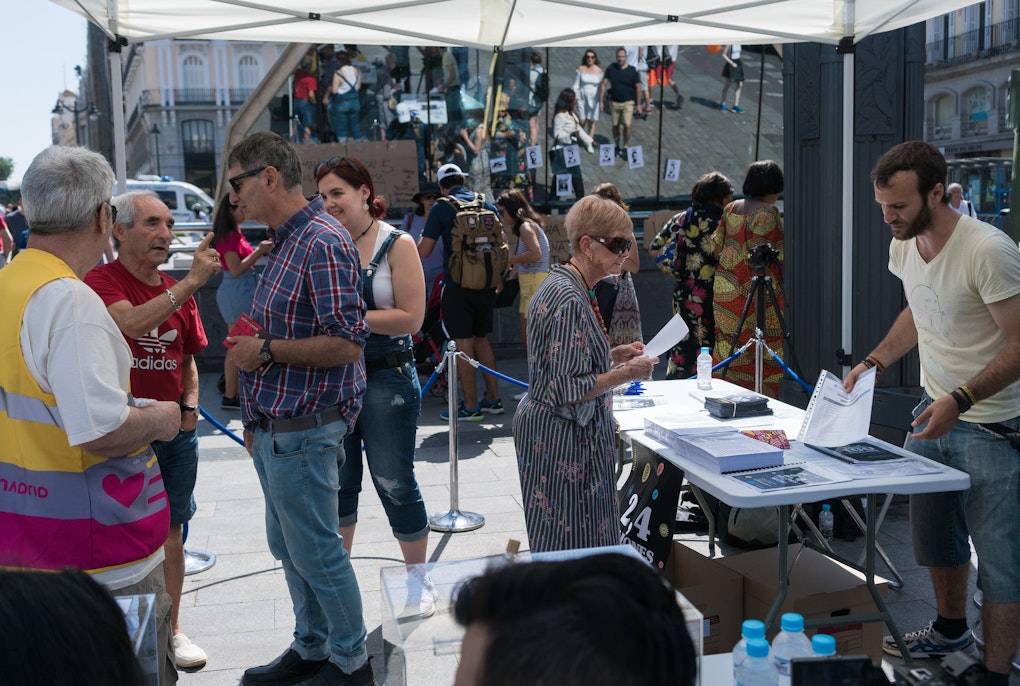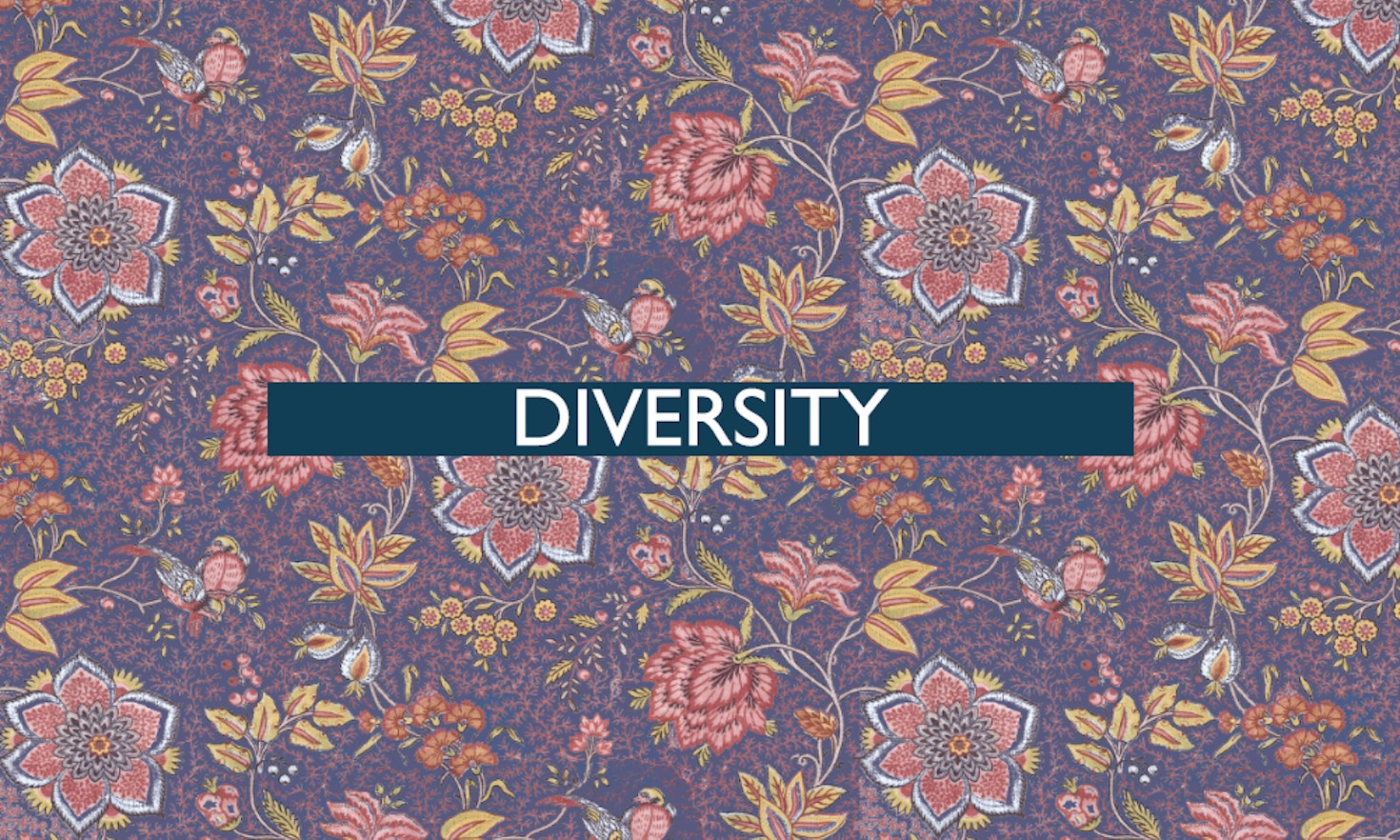
Citizen participation – reflecting on Spanish and Swiss practice
 Erika Schläppi
Erika Schläppi
Most would be forgiven for thinking an initiative signed by over a million EU citizens would have far-reaching implications. However, it’s not a given that any successful European Citizens Initiative actually do lead to political action1. Take the example of the so called "Minority Safepack" which was signed by 1,123,422 EU citizens in 2018. The initiative called on the EU Commission to adopt nine legislative measures aimed at promoting the situation of national, linguistic minorities. Amongst the proposals was one for a Council Recommendation on the protection and promotion of cultural and linguistic diversity in the EU or, the creation of an EU Language Diversity Centre that would also deal with the estimated 40 to 50 million people in the EU who speak a regional or minority language2.
How is this linked to the Charter? Well, Article 22 is interpreted by some as a minority protection clause which obliges the EU to establish a system of minority protection. However, the wording of Article 22 simply compels the EU to do nothing more than “respect cultural, religious and linguistic diversity”. Short and concise for sure but not necessarily very clear. Article 22 confirms that the overall impression of the Charter is “easy to read but difficult to understand”3.
What sort of diversity does Article 22 refer to then? Would it be the diversity between Member States, which in theory, would boil down to dressing the EU’s obligation to respect the Member States national identities4 in the strange garb of fundamental rights? Or is it perhaps also about the diversity within the Member States which would indeed introduce a sort of minority protection clause? Some point in this context to the fact that the Convention that drafted the Charter had witnessed an intense discussion on whether to include a minority protection clause in the Charter5. This, however, speaks against rather than in favour, of reading a minority protection clause into Article 22. In addition, the wording of Article 22 suggests that this Charter provision is a principle rather than a right. It does not appear to establish the individual entitlements that one could invoke before court. But this does not mean that it would be void of legal effects6.
Maybe due to its ambivalence, Article 22 is so far not particularly used in legal practice. Before the Court, it appeared in the context of protecting national languages rather than in defending ethnic groups or their languages. For instance, Article 22 was invoked to increase the number of national languages available for communication between job applicants and the European Personel Office. In defending such “national” (rather than subnational) issues the provison did not prove very efficient. The Court concluded that it “cannot be inferred from the European Union’s obligation to respect linguistic diversity that there is a general principle of law entitling each person to have everything likely to affect his or her interests drafted in his or her language in all circumstances, and that the institutions are required, without any derogation being permissible, to use all the official languages in all situations”7. Similarly, Spain was not successfully invoking diversity when seeking the annulment of the Council Regulation concerning the unitary EU patent which establishes a language regime with only 3 official languages (English, French and German – thereby excluding Spanish)8.
Whereas diversity does not appear as an overall legal principle in national constitutions, there are many constitutions that prominently emphasize various aspects of national diversity by referring to minority cultures. This is especially true in the constitutions of Eastern European Member States that deal prominently with minorities and a variety of languages within their national territories9. For instance, the Czech and the Slovak constitutions distuinguish the following three rights that citizens belonging to minorities have10:
The notion of “diversity” in EU primary law is ambivalent and so is Article 2219. However, the fact that the Treaty of Lisbon clarified that the Union is founded on the values of respect for human rights, “including the rights of persons belonging to minorities” in Article 2 TEU, suggests that diversity in Article 22 is also about the linguistic, cultural and religious diversity that flows from the identities of the countless minorities who live in the EU. Whereas Article 22 does not enshrine any fundamental rights entitlement for persons belonging to minorities to be proactively protected by EU law, it adds a fundamental rights dimension to the obligation of the Union to not compromise diversity. The EU legislator needs to make sure that EU law and policy making – think for instance of the harmonising effects of the Common Market20 – do not put existing diversity and related minority protection mechanisms at risk. And given that Article 51 of the Charter calls on the EU to “promote the application” of all Charter rights, this might also speak for a more proactive stance of the EU for instance by re-introducing minority-specific funding schemes21.
Interested in knowing more? Well, here you are: ‘All EU-r rights‘, stay tuned!

This content is licensed under a Creative Commons Attribution 4.0 International license.

 Erika Schläppi
Erika Schläppi Thabile Chonco-Spambo
Thabile Chonco-Spambo
 Rebecca Nelson
Rebecca Nelson